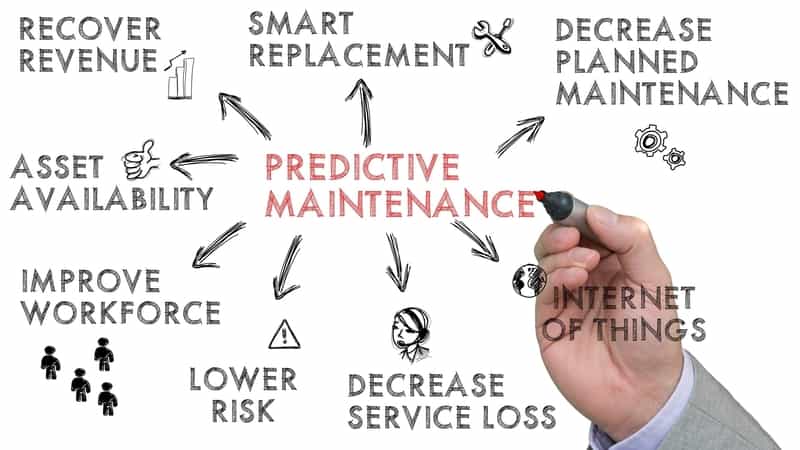Everyone is a little curious about the future. That’s why fortune tellers and tarot card readers end up making so much money. People want a bit of a glance into the future just to see how different situations are going to turn out. Sometimes, this can be dangerous when you end up becoming the cause of your own undoing. However, in some areas, predicting the future can be your saving grace. The prime example of this is predictive maintenance for your business.
You may think that seeing the future is an ethereal concept that we’ve yet to master. But with the right technology and analytics, you can actually process historic data to make predictions about the future of your systems and equipment. Companies can implement a predictive maintenance program to get an idea of issues that may arise with their systems, software, and physical products. Proactive businesses like this gain a competitive advantage over other organizations that wait for a problem to arise before fixing that piece of equipment. Reactive maintenance can end up costing you more time and energy, which can totally stall your operations. Instead, take advantage of predictive maintenance to grow your business in the best way.
What is predictive maintenance?
There are four levels of maintenance for your equipment and systems: reactive, planned, proactive, and predictive. Today, we’re going to talk about the level you want to get to for ultimate success. Predictive maintenance uses performance and condition monitoring to identify issues before they arise. Stay on top of potential problems to reduce breakdowns. By studying certain parameters and factors, you can see the future and solve equipment failures before they even happen.
There are a few different techniques that are involved in predictive maintenance technology. Use infrared thermography, acoustic monitoring, and vibration analysis to figure out different failure modes. Once this data is put into a predictive analytics platform, you can identify the anomaly and get the maintenance work you need. Tools like the IoT, monitoring sensors, and predictive formulas will help you improve reliability and eliminate unplanned downtime. With a predictive maintenance plan, you can see a more complete picture of your programs and build a stronger platform.
How do predictive measures benefit your business?
There are plenty of ways that predictive maintenance analytics helps your business. For one, it makes you more proactive in general. Rather than crossing your fingers and hoping nothing bad happens, you’re taking steps to make sure everything runs smoothly. Instead of living with the disadvantages of old equipment, you’re ahead of the issues with a maintenance schedule that works for you. Overall, this reduces downtime and maintenance costs. Anyone can tell you that a small issue is way easier to take care of than a big problem that has been festering for months. The sooner you do something about these inconsistencies, the better off your assets will be in general.
Scale your company by solving basic issues
A maintenance strategy can also help you scale your business on a broader stage. When you find solutions to help with efficiency and production, you are opening the door for more product creation. Make sure your machines last longer so you can invest in new ones rather than constantly fixing the tools you already have. Lastly, when you are known for your reliability and finding solutions in real time, more companies are going to want to work with you. Make a positive name for yourself within the supply chain so your visibility increases. This is the best way to drum up more business and guarantee that your manufacturing company stays around for a long time in a competitive field. For many other organizations, pairing predictive maintenance with tailored managed IT solutions creates an even stronger foundation by ensuring the technology supporting these systems is just as reliable and proactive.


